
As hospitalizations remain high throughout the COVID-19 pandemic, new data suggests that ICU hospitalization is associated with increased risk of Alzheimer disease and all-type dementia.

As hospitalizations remain high throughout the COVID-19 pandemic, new data suggests that ICU hospitalization is associated with increased risk of Alzheimer disease and all-type dementia.

Test your neurology knowledge with NeurologyLive®'s weekly quiz series, featuring questions on a variety of clinical and historical neurology topics. This week's topic is the history of the Alzheimer's Association.
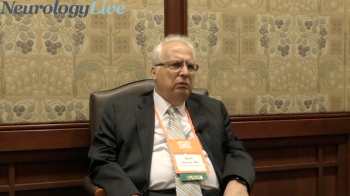
The associate neurologist-in-chief at Boston Children’s Hospital provided insight on the treatment decisions clinicians make for patients with SMA and the challenges with improving optimization. [WATCH TIME: 3 minutes]
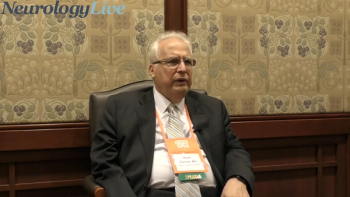
The associate neurologist-in-chief at Boston Children’s Hospital discussed the importance of defining and acting on spinal muscular atrophy in its presymptomatic stages. [WATCH TIME: 4 minutes]
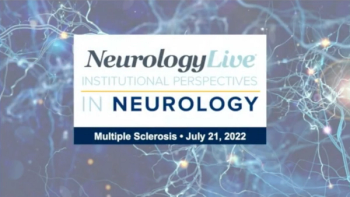
Chaired by Annette Okai, MD, of North Texas Institute of Neurology & Headache, the presentations also feature Fernando Cuascut, MD, MPH, of Baylor College of Medicine; and Lauren Tardo, MD, and Rebecca Romero, MD, of UT Southwestern Medical Center. [WATCH TIME: 1 hour, 18 minutes]

Test your neurology knowledge with NeurologyLive®'s weekly quiz series, featuring questions on a variety of clinical and historical neurology topics. This week's topic is headache and migraine.
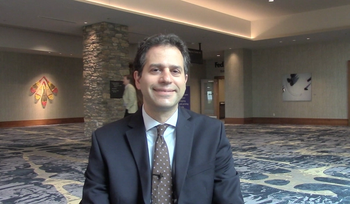
The neurologist at Weill Cornell Medicine and NewYork-Presbyterian Hospital offered his insight into the state of treatment for status migrainosus and whether or not the new migraine medications can help improve care. [WATCH TIME: 2 minutes]
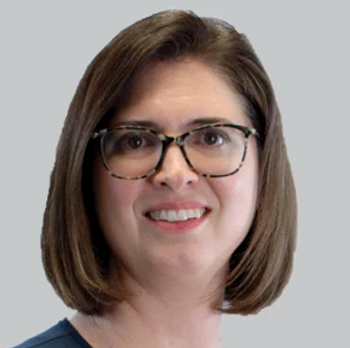
Jill Farmer, DO, MPH, director of the Parkinson’s Disease and Movement Disorder Program at Global Neuroscience Institute, spoke at length about the recent ATMRD Congress, the state of care for movement disorders, and her hopes for the horizon of therapy and treatment.

The neurologist and movement disorders fellow at University Hospitals Cleveland Medical Center spoke about the need for clinicians to have more time with patients in clinical practice, particularly with those with chronic diseases. [WATCH TIME: 2 minutes]

Test your neurology knowledge with NeurologyLive®'s weekly quiz series, featuring questions on a variety of clinical and historical neurology topics. This week's topic is neuromuscular disorders.

The neurologist and movement disorders fellow at University Hospitals Cleveland Medical Center spoke about how his experience as a caregiver shapes his perspective as a doctor in care for those with movement disorders. [WATCH TIME: 3 minutes]

The director of the Montefiore Headache Center provided an overview of the recent advances in migraine medications and how it has translated to improved care. [WATCH TIME: 2 minutes]

The neurologist and movement disorders fellow at University Hospitals Cleveland Medical Center shared his experiences engaging with a diverse community of clinicians at the ATMRD Congress and in clinical practice. [WATCH TIME: 2 minutes]

The director of the Montefiore Headache Center provided commentary on how analyses presented at AHS 2022 further support the benefits intranasal zavagepant bring to the migraine treatment landscape. [WATCH TIME: 5 minutes]

The director of the Montefiore Headache Center provided insight on an open-label study presented at AHS 2022 that highlighted rimegepant’s (Nurtec ODT; Biohaven) impact both as a preventative and acute medication. [WATCH TIME: 5 minutes]

Test your neurology knowledge with NeurologyLive®'s weekly quiz series, featuring questions on a variety of clinical and historical neurology topics. This week's topic is stroke and cerebrovascular disease.

The director of the Montefiore Headache Center discussed the intuitiveness and advantages the Migraine Clinical Outcome Assessment System, or MiCOAS, grant provides to clinical trials and patients with migraine. [WATCH TIME: 5 minutes]

Ruth Benca, MD, PhD, a professor and the chair of Psychiatry & Human Behavior at Wake Forest School of Medicine, provided insight on the age- and sex-related differences in sleep disorders, and the needed research on the effects of therapeutics in older populations.
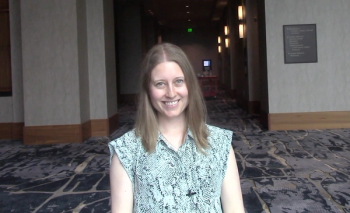
The pediatric neurologist and headache specialist at the University of Calgary and Alberta Children’s Hospital spoke about the need for improved funding and research efforts for the migraine population. [WATCH TIME: 5 minutes]
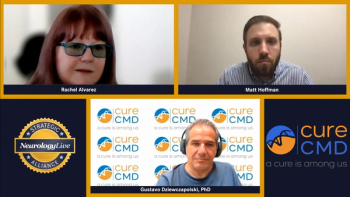
Rachel Alvarez and Gustavo Dziewczapolski, PhD, of Cure CMD spoke about the benefits of attending the biennial Scientific & Family Conference to learn more about congenital muscle diseases and interact with the patient community.
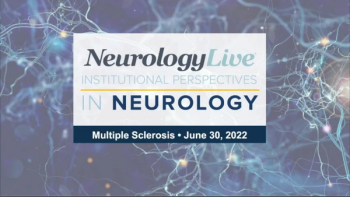
Chaired by Stephen Krieger, MD, the presentations also feature Mount Sinai experts Erin Beck, MD, PhD; James Sumowski, PhD; and Ilana Katz Sand, MD. [WATCH TIME: 1 hour, 34 minutes]
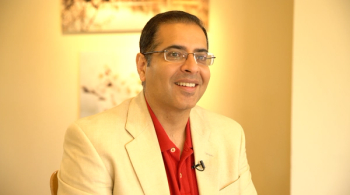
The assistant professor of neurology and codirector of the Neurology Residency Program at MedStar Georgetown University Hospital and presenter at ATMRD offered his insight into the benefits of multispecialty meetings. [WATCH TIME: 1 minute]

The senior vice president for research and training at the Kessler Foundation discussed the assessment of cognitive challenges among patients with multiple sclerosis and planning for treatment options when necessary. [WATCH TIME: 4 minutes]

Test your neurology knowledge with NeurologyLive®'s weekly quiz series, featuring questions on a variety of clinical and historical neurology topics. This week's topic is epilepsy and seizure disorders.
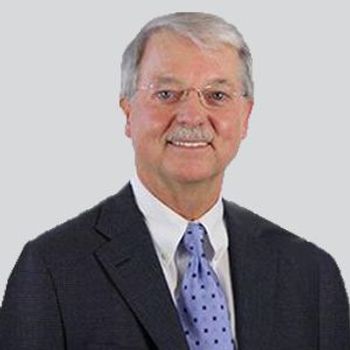
Richard Bogan, MD, FCCP, FAASM, associate clinical professor, University of South Carolina School of Medicine, provided commentary on multifunctional capabilities of Xywav and how the medication has improved care for narcolepsy and idiopathic hypersomnia.

The senior vice president for research and training at the Kessler Foundation spoke about the critical need to prioritize cognitive challenges among patients with multiple sclerosis, as it remains among the chief complaints. [WATCH TIME: 4 minutes]
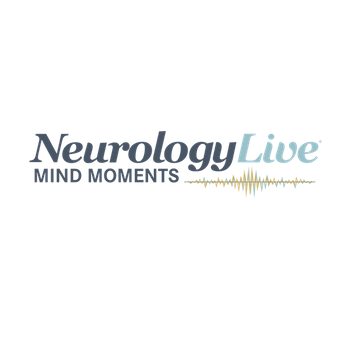
Mind Moments®, a podcast from NeurologyLive®, brings you an exclusive interview with Serena L. Orr, MD, MSc. [LISTEN TIME: 32 minutes]
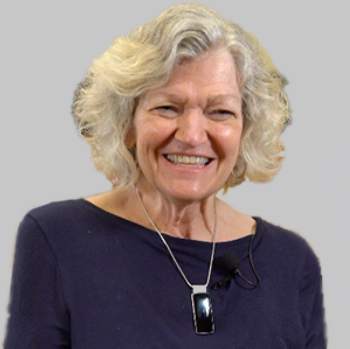
Jean Hubble, MD, semi-retired neurologist and consultant, spoke with the PMD Alliance at the ATMRD Congress about the advances made in the field and her hopes for the future of therapeutics and clinical care.

The assistant professor of neurology and codirector of the Neurology Residency Program at MedStar Georgetown University Hospital and presenter at ATMRD offered his insight into the benefits of multispecialty meetings. [WATCH TIME: 3 minutes]
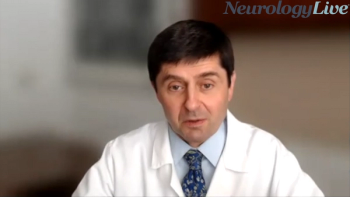
The chair of Cleveland Clinic’s Department of Physical Medicine provided insight on a newly approved modality aimed to improve rehabilitation efforts for patients with multiple sclerosis. [WATCH TIME: 3 minutes]